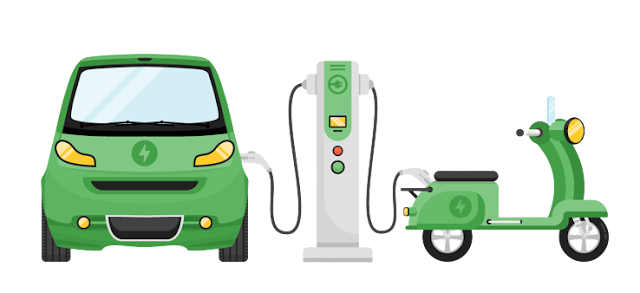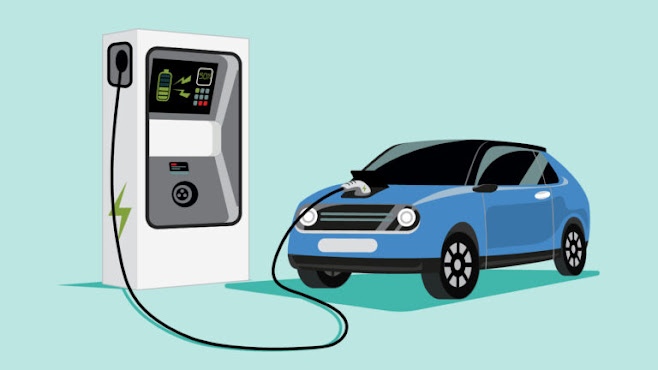What are Electric Vehicles & How Electric Vehicles Interact With a Smart Power Electricity Network
An electric vehicle, abbreviated as EV, is a vehicle that runs on electricity. EVs are cars that are powered entirely or partially by electricity. While some EVs have lead-acid or nickel-metal hydride batteries, lithium-ion batteries are currently the norm for modern battery-electric cars since they have a longer lifespan and are better at retaining energy, with a self-discharge rate of just 5% each month.
Electric cars have minimal operating expenses since they have fewer moving parts to maintain, and they are also highly eco-friendly because they consume little or no fossil fuels (petrol or diesel).
What is the mechanism of an electric car's engine?
Electric cars work by hooking into a charging station and drawing power from the grid. They store electricity in rechargeable batteries, which are used to power an electric motor that rotates the wheels. Electric vehicles accelerate more quickly than vehicles powered by standard gasoline engines, making them seem lighter to drive.
What is the process of charging EVs?
An electric car may be charged by hooking it into a public charging station or a home charger. While you're out and about in the cities, there are plenty of charging stations to keep you completely charged. However, in order to obtain the best bargain for home charging, you'll need to choose the proper EV electricity tariff, which will allow you to spend less money charging and save more money on your bill.
How Electric Vehicles Interact With a Smart Power Electricity Network?
The procedure of connecting your electric vehicle to the transmission energy network is known as "car to grid." If you own an electric car, you should consider setting up V2G using a basic metering system and signing a contract with your local power provider.
Traditional transmission networks fail to handle large percentages of intermittent renewable and sustainable power generation, as these sources' energy supply is highly reliant on things. As a result, the capacity to store power in some form is critical. Many countries achieve this by getting the water up a hill and re-generating during peak times or by storing hydrogen created by electrolysis underground.
What are the benefits of Vehicle to Grid (V2G)?
Vehicle-to-Grid applications offer several benefits to a wide range of organizations and stakeholders. V2G (Vehicle to Grid):
● Effective power management saves the user money in the long term.
● You're cutting down on your carbon footprint! This is a huge one right now.
● The electricity provider may save money and may reduce unit electricity pricing.
● Reduce the number of miles of power transmission line required. In other words, the vehicle transfers the power to the location where it is needed.
● Reduces the number of gasoline stations that are necessary.




Comments
Post a Comment